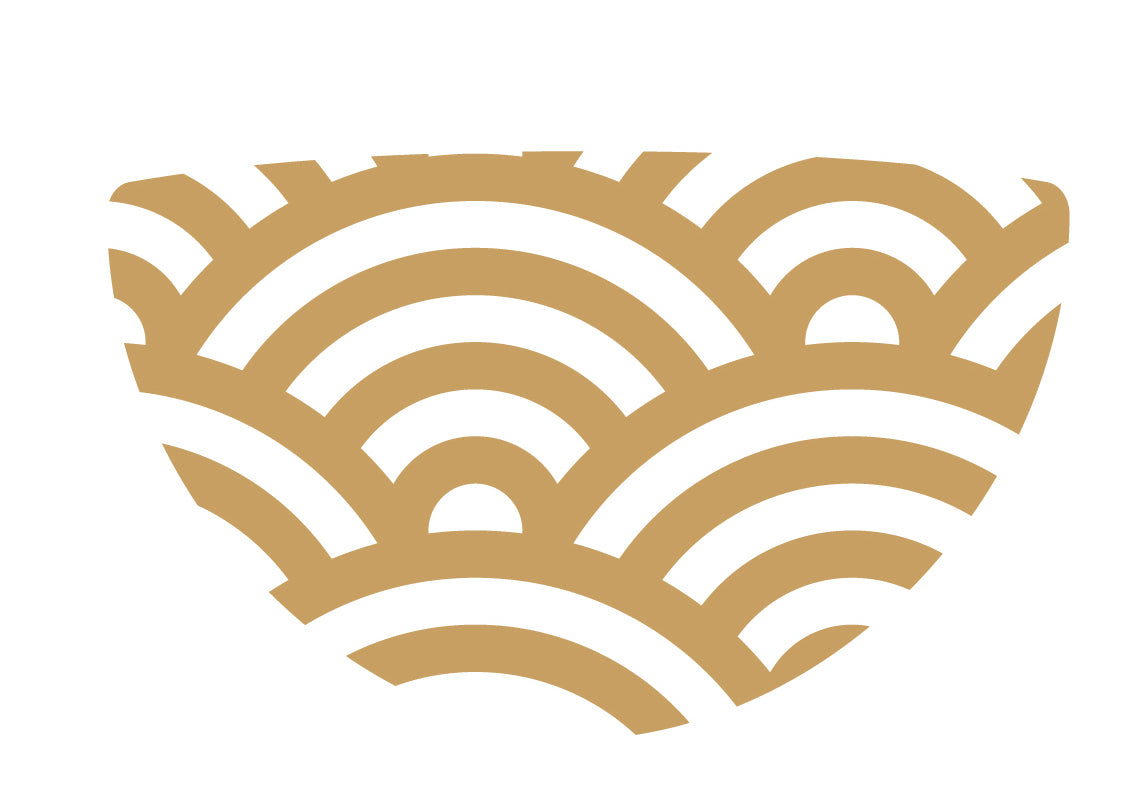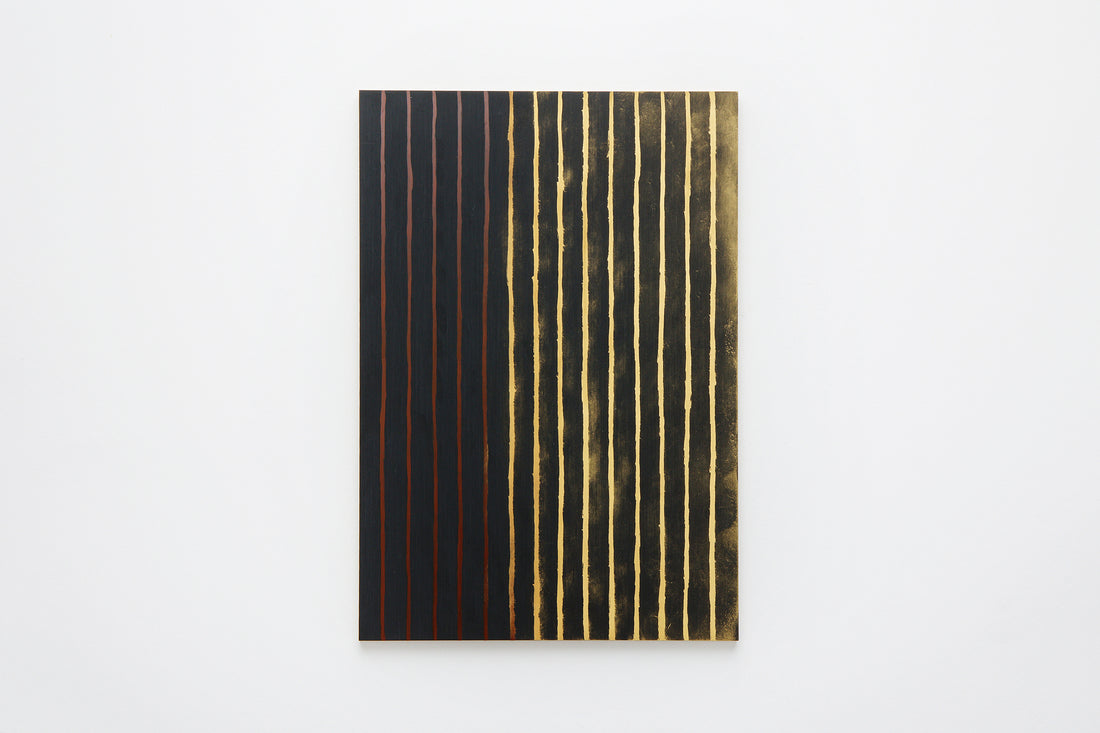When starting kintsugi, many people wonder, "How much can I repair with just 0.1g of gold powder?" At first glance, 0.1g might seem like a small amount. However, with proper techniques, it can be surprisingly sufficient for multiple repairs.
This article delves into the details of gold powder usage. Using experimental results and practical examples, we will share how to make the most of this precious material.
Table of Contents
- Surprising Results: How Much Can 0.1g of Gold Powder Achieve?
- Three Factors That Affect Gold Powder Usage
- Tips for Minimizing Gold Powder Usage
- Which Kintsugi Kit Should I Choose?
- Alternative Finishes Without Gold Powder
- Are there any low-cost and food-safe finishing powders other than gold powder?
- Summary: How Many Items Can I Repair with 0.1g of Gold Powder?
Surprising Results: How Much Can 0.1g of Gold Powder Achieve?

We conducted experiments to examine gold powder usage. When applying gold along a lacquer line approximately 3mm wide, 0.1g of gold powder covered a length of 176cm (69.29 inches). From this, it’s clear that for small repairs like chips or hairline cracks, 0.1g is often enough for several items.
Note: These results were achieved by a professional, so beginners can expect to accomplish only about half to one-third of this amount.
The exact number of items you can repair depends on the size, shape, and surface area of the damage, as well as the lacquer application. Larger cracks or significant damage will require more gold powder, while smaller chips need less. With careful use, even 0.1g can handle more repairs than expected.
For a detailed look at our experiments and demonstrations, visit our YouTube channel. Our videos showcase the techniques for handling gold powder and step-by-step repair processes.
Three Factors That Affect Gold Powder Usage
The amount of gold powder used in kintsugi depends on three main factors:

-
Extent of Damage
The scale of the damage is a major factor. Minor chips or thin cracks require only a small amount of gold powder. In contrast, more extensive damage demands a wider application of lacquer, which increases gold powder consumption. -
Experience and Technique
A skilled kintsugi artist can efficiently use materials, minimizing waste. Mastery of each step ensures the gold powder is used sparingly while achieving a beautiful finish. -
Surface Condition
Uneven or porous surfaces, such as unglazed pottery, tend to absorb more gold powder than smooth surfaces, which may result in the need for excess gold powder.
Tips for Minimizing Gold Powder Usage

To make the most of your gold powder, follow these three key practices:
-
Apply Lacquer Thinly and Evenly
The most important step is to apply lacquer in a thin, uniform layer. This prevents excessive sinking of the gold powder, ensuring a smoother finish while reducing waste. -
Prepare a Smooth Base
Uneven surfaces increase the lacquered area and make it difficult to achieve uniform thickness. This can lead to excess lacquer and gold powder usage. Smoothing the repair area allows for better distribution of materials, leading to both a polished finish and efficient gold use. -
Handle Gold Powder Carefully
When applying gold powder, pay attention to how you handle the piece. Gold powder can scatter or spill, leading to waste. Tilt the piece strategically and collect excess powder for reuse. With careful handling, you can preserve this precious material while achieving stunning results.
Which Kintsugi Kit Should I Choose?
We offer three kintsugi kits, all designed for beginners. Each kit contains the same basic tools, with variations in the amount of gold and silver powder included.
For example, the Starter Tsugu Kit includes 0.1g of gold powder and is the most affordable option. It's perfect for small-scale repairs or for those just trying out kintsugi. However, gold powder in this kit may run out quickly. For additional repairs, you can purchase more gold powder separately.
If you plan to repair more items or have larger-scale damage, consider higher-tier kits like Traditional Tsugu Kit, or Gold Only Tsugu Kit. These kits include more gold powder and provide better value for those committed to kintsugi.
For international customers, purchasing additional gold powder is a bit more complicated compared to customers in Japan. Shipping costs are higher, and delivery times can be longer than within Japan. To save on costs, we recommend choosing a kit with more gold powder upfront. When purchasing additional powder, combining it with other consumables can help reduce overall shipping expenses.
Go to see our three kintsugi kits
Alternative Finishes Without Gold Powder

If you want to reduce costs, consider techniques that don’t require gold powder. For example, “Yami-tsugi” (dark repair) uses black lacquer for a sleek and understated finish. This method eliminates the need for gold powder and allows for subtle, elegant repairs that blend seamlessly with darker ceramics. It is also possible to finish with Bengal-red lacquer instead of black lacquer. Choosing the right finishing method based on the item’s color and purpose can keep costs down while allowing you to continue enjoying kintsugi.
Are there any low-cost and food-safe finishing powders other than gold powder?
Among the metallic powders we sell for finishing, only gold, platinum, and silver powders are food-safe for use on tableware. Of these, silver powder is the most economical choice. Metallic powders such as brass, copper, and tin have not been tested for food safety, so we cannot guarantee their suitability for such use. However, tin and copper have traditionally been used in kintsugi. Extra care is recommended when using brass.
Cheap brass powders often contain unknown additives, and some may even pose health risks if ingested. Our brass powder is more expensive than the brass powder commonly available on the market because it contains only copper, zinc, and essential additives, verified by the manufacturer. However, when we asked the manufacturer, they said that food safety tests have not been conducted, so we cannot say that even our brass powder is safe to use on tableware.
For food-safe and affordable repairs without metal powders, consider finishing with colored urushi or wiping urushi into cracks instead of brass powders. Reserve gold for your most precious items.
Note that the gold, silver, platinum, and brass powders we sell have finer particles, which can highlight imperfections in repairs compared to coarser powders like brass, copper, or tin powders commonly available on the market. Therefore, if you want to practice kintsugi extensively to check if your skills have improved, it is better to use our fine particles of gold, silver, platinum, or brass powder for finishing and evaluate the quality of your results.
Summary: How Many Items Can I Repair with 0.1g of Gold Powder?
Although 0.1g of gold powder might seem like a small amount, it can go a long way when used efficiently. Beginners often use more than necessary, but by following the tips in this article, you can maximize its potential.
For more tips and techniques, explore our YouTube channel and column. These resources provide valuable insights to help you enjoy the art of kintsugi to its fullest.

